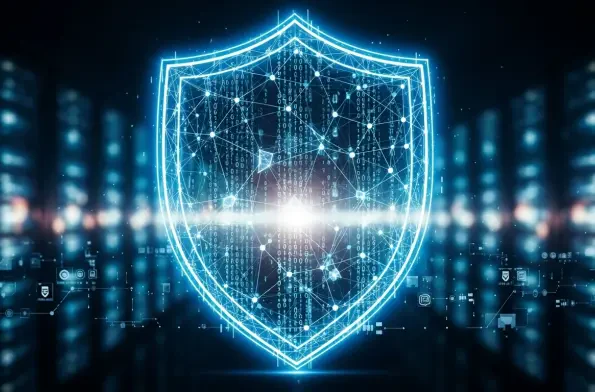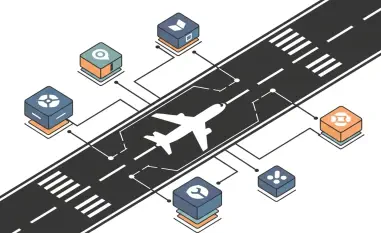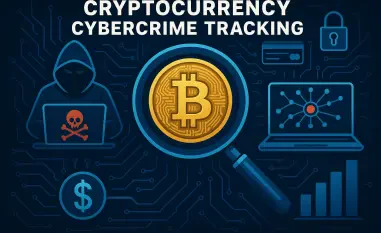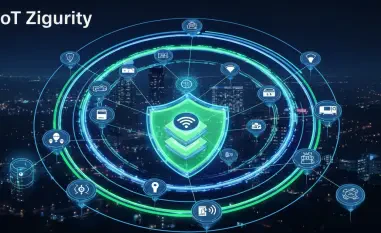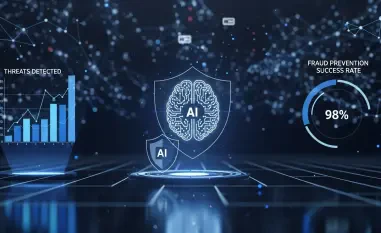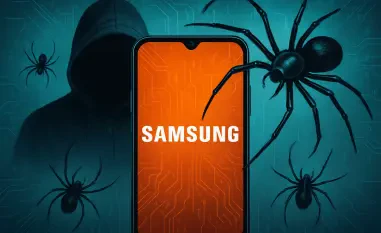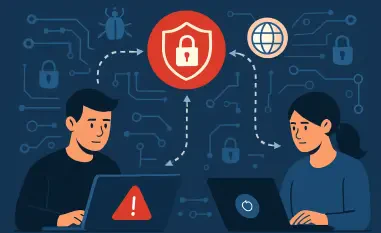What if the most secure data in the world today could be cracked open like a cheap lock tomorrow? In 2025, this isn’t a hypothetical scenario but a chilling reality looming over every organization relying on digital security, as attackers silently hoard encrypted information, betting on quantum computers to unravel it in the near future. The digital vault that protects sensitive secrets is under siege, and the clock is ticking.
This isn’t just a tech problem—it’s a global crisis in waiting. The rise of quantum computing threatens to dismantle the encryption standards that safeguard everything from financial transactions to government communications. Understanding this threat and acting swiftly isn’t optional; it’s a matter of survival for businesses, agencies, and entire industries. The stakes are monumental, and preparation must start today.
The Hidden Data Heist Unfolding Today
Beneath the surface of daily digital operations, a silent theft is taking place. Cybercriminals and state actors are collecting encrypted data at an alarming rate, employing a strategy known as “harvest now, decrypt later.” They’re banking on the day when quantum computers can break through today’s toughest encryption protocols, exposing information that was thought to be secure indefinitely.
The scale of this operation is staggering. Reports from cybersecurity experts indicate that vast amounts of data—spanning personal records, corporate strategies, and national security details—are being stockpiled for future exploitation. This isn’t a distant concern; it’s a calculated move that exploits the lag between current defenses and emerging quantum capabilities.
Industries with long-term data sensitivity, such as healthcare and defense, are prime targets. The longer the lifespan of the information, the greater the risk. If action isn’t taken soon, the consequences could range from massive financial losses to compromised national security, making this hidden heist a ticking time bomb.
Quantum Power: Rewriting the Rules of Security
Quantum computing isn’t merely an evolution of technology; it’s a revolution that could shatter the foundation of digital security. Unlike traditional computers, which might take decades to crack complex encryption like RSA or ECC, a mature quantum system could achieve the same feat in minutes or even seconds. This unprecedented speed poses a direct threat to the algorithms that protect online interactions globally.
The urgency of this shift is underscored by initiatives from key authorities. The National Institute of Standards and Technology (NIST) has already finalized selections for post-quantum cryptographic algorithms, signaling that the transition isn’t a future plan but a present necessity. Agencies like the National Security Agency (NSA) and the Cybersecurity and Infrastructure Security Agency (CISA) are pushing for immediate migration to these new standards, highlighting the gravity of the situation.
This isn’t about incremental upgrades; it’s about a complete overhaul of how data is secured. The race to develop quantum-resistant solutions is on, and falling behind could mean catastrophic exposure. Every organization must recognize that the rules of the game have changed, and adaptation is the only path forward.
Pinpointing the Weakest Links in Data Protection
Certain types of data and systems stand out as particularly vulnerable to quantum threats. High-value information with a long shelf life—such as medical histories, financial records, and classified government files—tops the list of targets. This data retains its importance for years, sometimes decades, making it a goldmine for attackers waiting to decrypt it.
Beyond the data itself, the systems housing it often present significant risks. Internet of Things (IoT) devices, industrial control mechanisms, and outdated legacy platforms frequently rely on encryption that’s difficult or impossible to update. These environments, common in sectors like energy and manufacturing, become easy prey due to their static security measures.
Specific industries face outsized dangers. In banking, a breach could trigger economic ripple effects; in defense, it could jeopardize national safety. Chief Information Security Officers (CISOs) must conduct thorough risk assessments, identifying which assets would suffer the most if encryption fails. Mapping these vulnerabilities is a critical first step toward building a robust defense strategy.
Industry Pioneers Leading the Charge
Across the globe, forward-thinking leaders are sounding the alarm and taking decisive action. NIST, NSA, and CISA have laid out detailed roadmaps for adopting post-quantum cryptography, emphasizing that preparation cannot be delayed. Their guidance serves as a wake-up call for both public and private sectors to prioritize this transition.
Major corporations aren’t sitting idle either. Many are piloting hybrid cryptographic systems that blend traditional and quantum-resistant methods, ensuring a smoother shift as standards evolve. A cybersecurity executive from a leading tech firm recently noted, “Acting now isn’t just precaution—it’s the difference between leading and losing.” This proactive mindset is becoming a benchmark for resilience.
Government and industry collaboration is also gaining momentum. Joint efforts to test new algorithms and share best practices are setting a precedent for how to tackle this unprecedented challenge. These early adopters demonstrate that strategic planning and investment today can avert disaster tomorrow, offering a blueprint for others to follow.
Practical Defenses to Deploy Immediately
Mitigating the quantum threat requires actionable steps that can be implemented without delay. Start with a comprehensive cryptographic inventory, auditing every system—be it TLS, VPNs, or digital signatures—to identify and replace outdated algorithms. This foundational step ensures no weak link goes unnoticed.
Next, prioritize crypto-agility by designing systems that allow seamless updates to cryptographic components. Flexibility is paramount as post-quantum standards continue to develop. Additionally, experimenting with hybrid cryptography, combining classical and post-quantum approaches, can provide a temporary shield during this transitional period.
Alignment with established guidelines is equally crucial. Adhering to NIST’s post-quantum algorithm selections and CISA’s strategic playbooks keeps efforts on track. Finally, hold vendors accountable by demanding quantum-readiness in procurement contracts. These measures collectively build a fortress of readiness, positioning organizations to withstand the coming storm.
Reflecting on the Path Taken
Looking back, the journey toward quantum-resistant security revealed a landscape of both peril and opportunity. Organizations that mapped their vulnerabilities early gained clarity on where to focus their defenses. Those who tested hybrid solutions discovered practical ways to bridge the gap between old and new technologies.
Collaboration proved to be a cornerstone of progress. Partnerships between government bodies and private enterprises fostered shared learning, accelerating the adoption of robust standards. The emphasis on agility in systems and strategies emerged as a defining factor in staying ahead of threats.
As history unfolded, the lesson became clear: proactive steps taken in those critical early moments shaped outcomes for years to come. For those still on the sidelines, the next move should be to assess risks, align with evolving standards, and invest in adaptable solutions. The encryption battle continues, and every decision now paves the way for a safer digital tomorrow.
